AO Edited
Archenhold Observatory
This public observatory is home to the "celestial cannon," the longest pointable telescope in the world.
Located in Berlin’s Treptower Park, Archenhold Observatory is one of the largest and oldest public observatories in the world, operating since 1896.
The entire observatory is built around the Großer Refraktor (Great Refractor), an enormous cannon-like telescope designed by Friedrich Simon Archenhold. Unlike most other telescopes at the time, this one was freely rotating and made as long as possible to get the sharpest images it could.
The telescope, which is nicknamed the Himmelskanone (German for “celestial cannon” or “sky cannon”), was built for the 1896 Berlin Trade Exhibition, an event where new and revolutionary technology would be showcased. Unfortunately, the project took more time and money than expected, so it was completed late and without a proper building around it.
After the exhibition ended, the city gave permission for the telescope to remain in Treptower Park. Archenhold made plans to build a public observatory around the telescope, which, by the turn of the century, was drawing a staggering 60,000 guests a year. The timber building around the telescope was replaced by a permanent structure in 1908. In 1915, Albert Einstein gave his first public talk about his theory of general relativity at the observatory.
In 1931, Friedrich Archenhold’s son, Günter, took over as director of the observatory. But he was forced to resign just a few years later in 1936, due to his Jewish heritage and pressure from the Nazi regime.
During World War II, a bomb hit the southwestern wing of the building, but the observatory and telescope survived. After the war, the telescope and building were repaired. In 1946, the observatory was also renamed after Archenhold in his honor. Its operations were aimed at schools and education.
These days the observatory is run by the Berlin Science Museum. Besides the celestial cannon, which is unfortunately no longer operational, it has several other smaller telescopes that can be looked through, including a radio telescope and a solar telescope. The entire lower floor is filled with old telescopes and other equipment used throughout the observatory’s history, which now illustrate the evolution of the field. The building also has a beautiful mechanical planetarium.
Know Before You Go
See the observatory website for opening times and ticketing information.



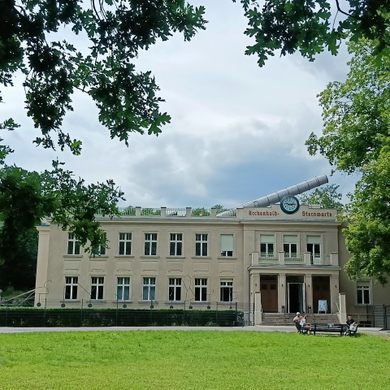
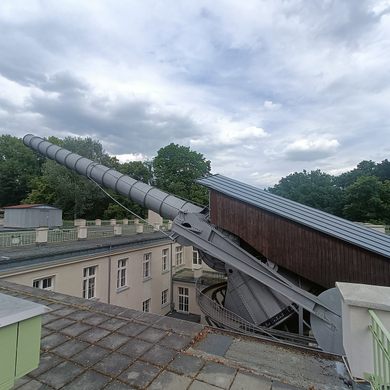
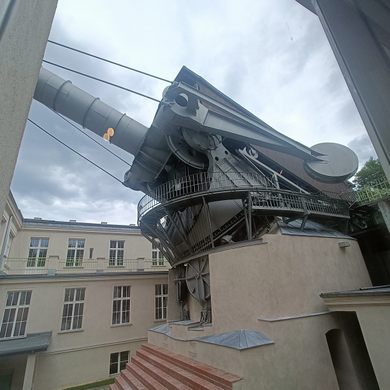
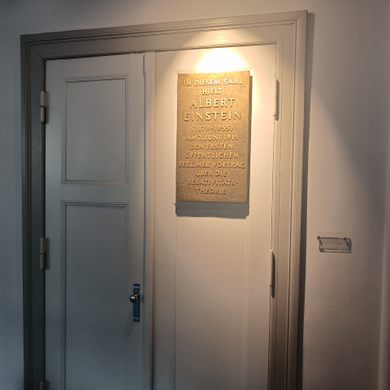
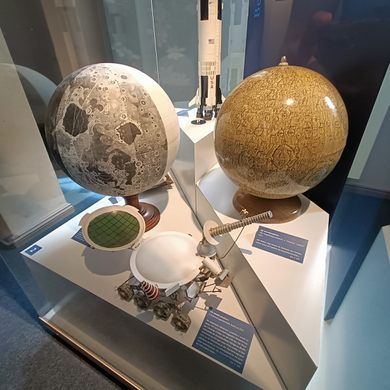
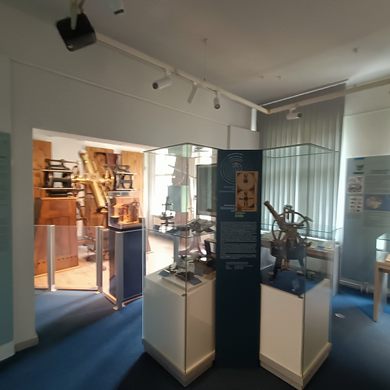



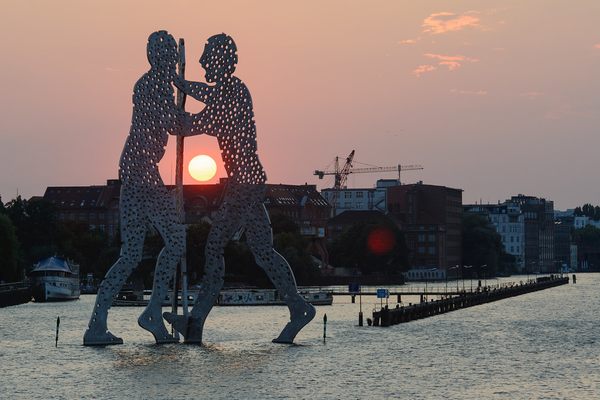
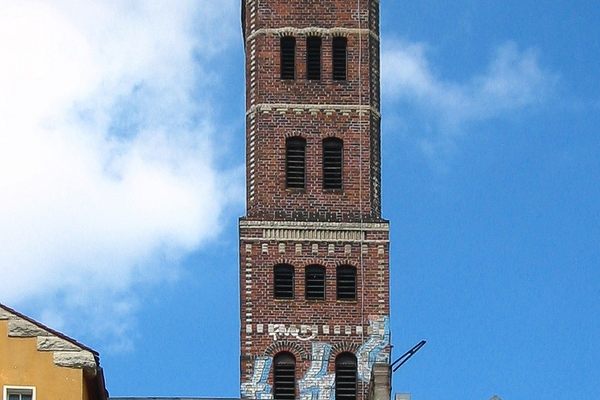

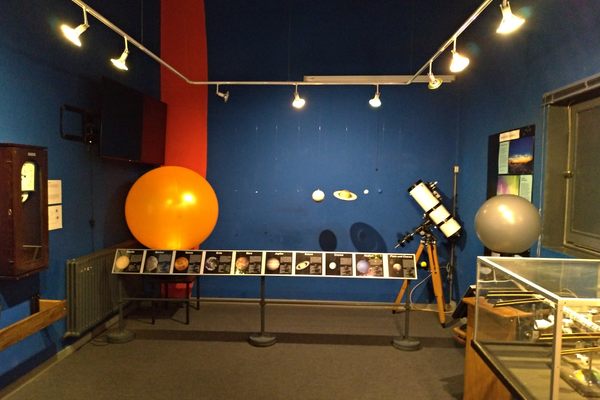

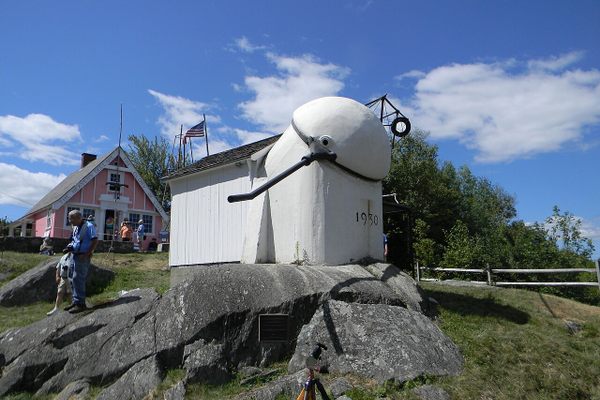
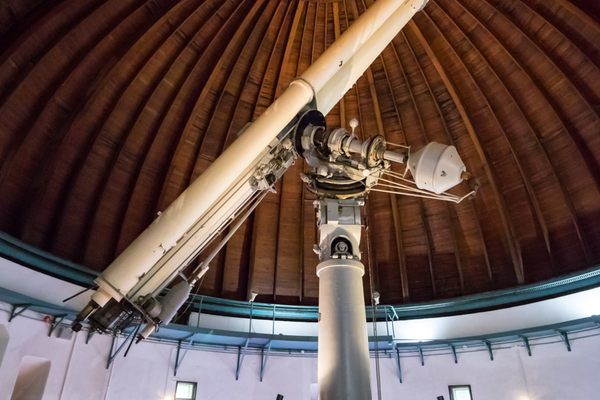

Follow us on Twitter to get the latest on the world's hidden wonders.
Like us on Facebook to get the latest on the world's hidden wonders.
Follow us on Twitter Like us on Facebook